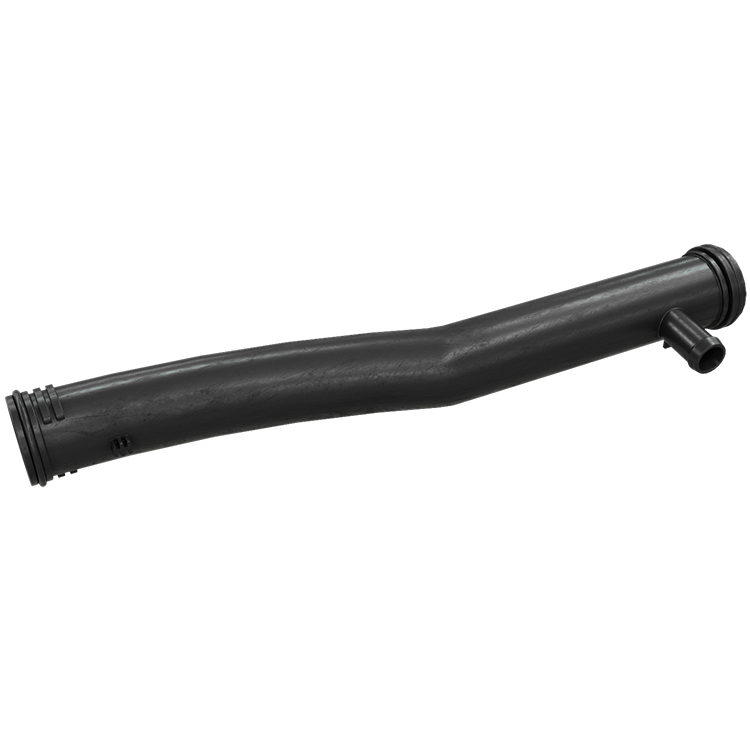
The cooling pipe is a critical component in any Heavy Duty vehicle's cooling system, responsible for transporting coolant from the engine to the radiator for cooling. It plays a vital role in regulating the engine's temperature and preventing overheating, which can cause severe engine damage.
A faulty cooling pipe can cause several problems for Heavy Duty vehicles, including leaks, reduced coolant flow, and engine overheating, which can be especially dangerous for Heavy Duty vehicles. It can also result in increased wear and tear on other cooling system components. Replacing a faulty cooling pipe promptly is crucial to maintain the vehicle's performance and avoid costly repairs.
Regular maintenance checks of the cooling pipe, including visual inspections for leaks and cracks, can help prevent malfunctions and ensure that it is operating correctly. If any issues are detected, the cooling pipe should be replaced immediately to avoid any further damage to the engine or other components of the cooling system.
The cooling pipe is a vital component of any Heavy Duty vehicle's cooling system. Regular maintenance and prompt replacement when necessary are essential for maintaining the vehicle's performance, preventing engine damage, and avoiding costly repairs. Properly maintaining this component can help Heavy Duty vehicle operators avoid potential hazards and keep the vehicles running smoothly.

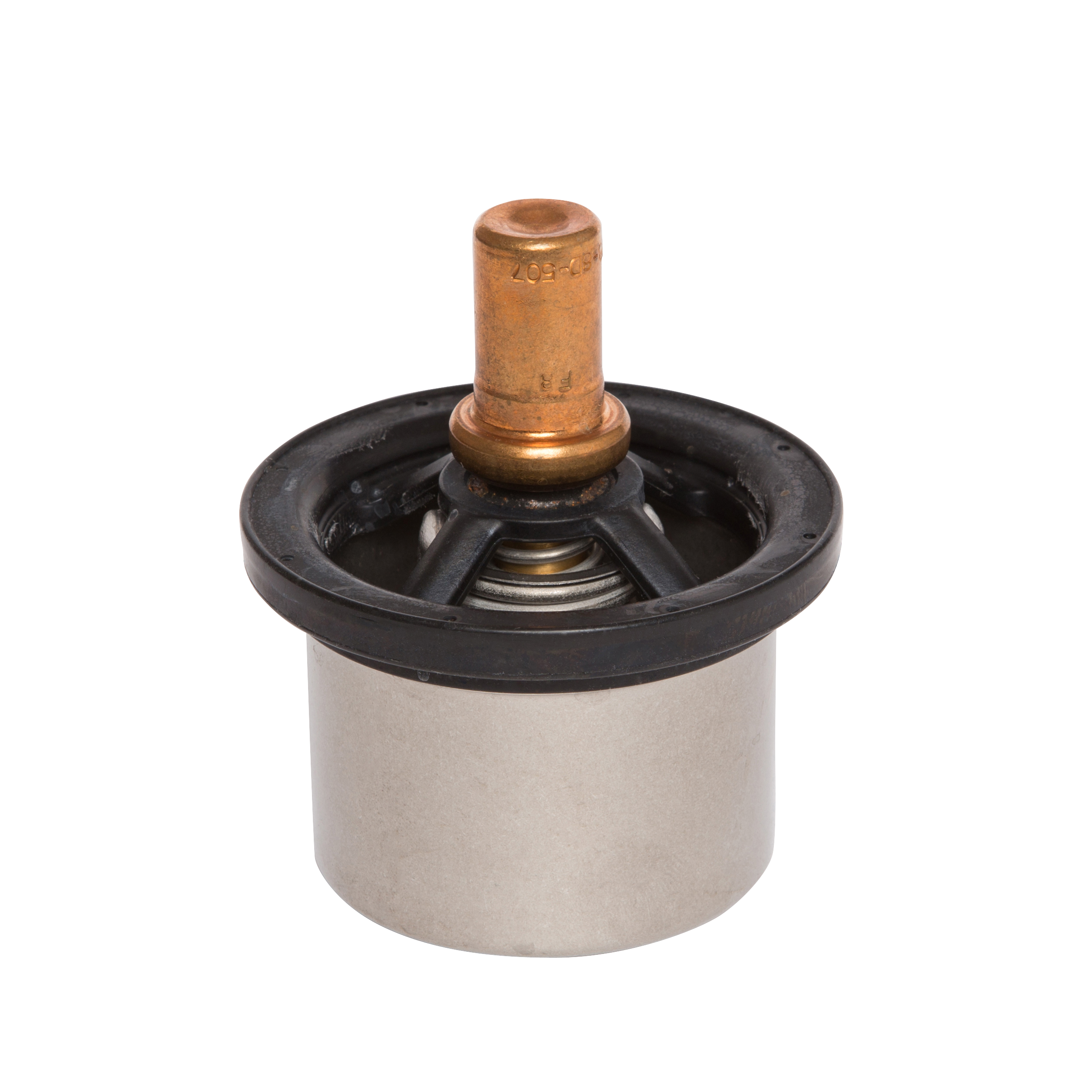
Truck Thermostat
1 of 14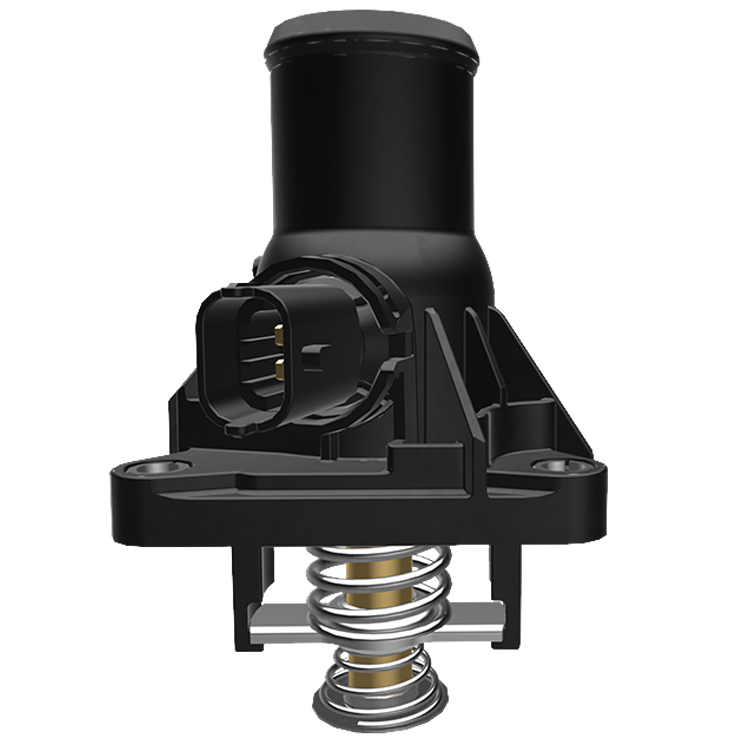
Map Thermostat
2 of 14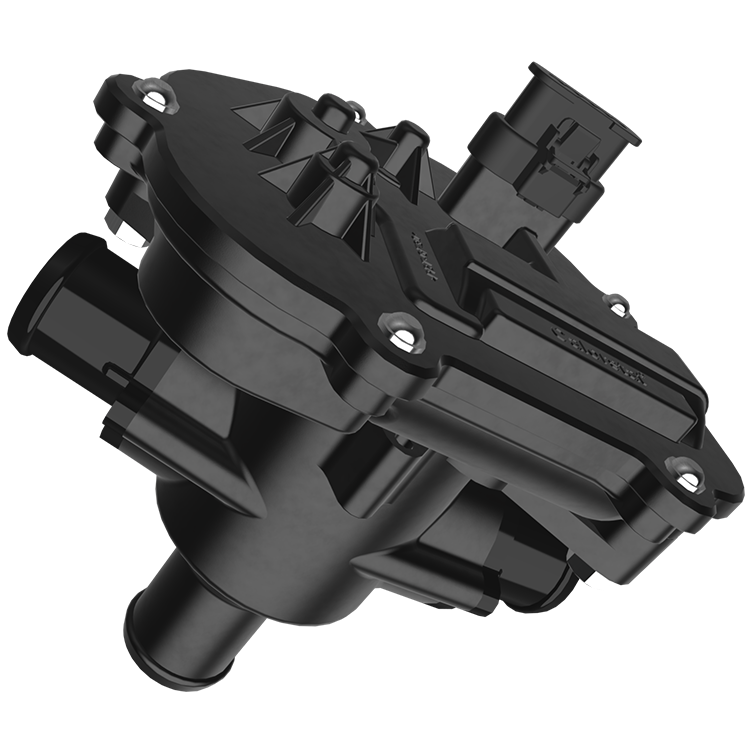
Motorized Thermostat
3 of 14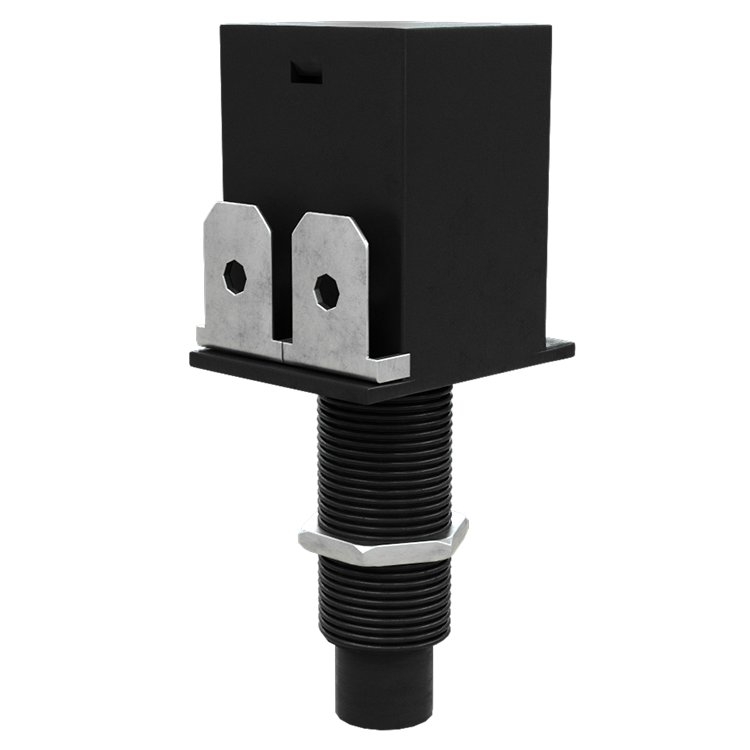
Brake Light Switch
4 of 14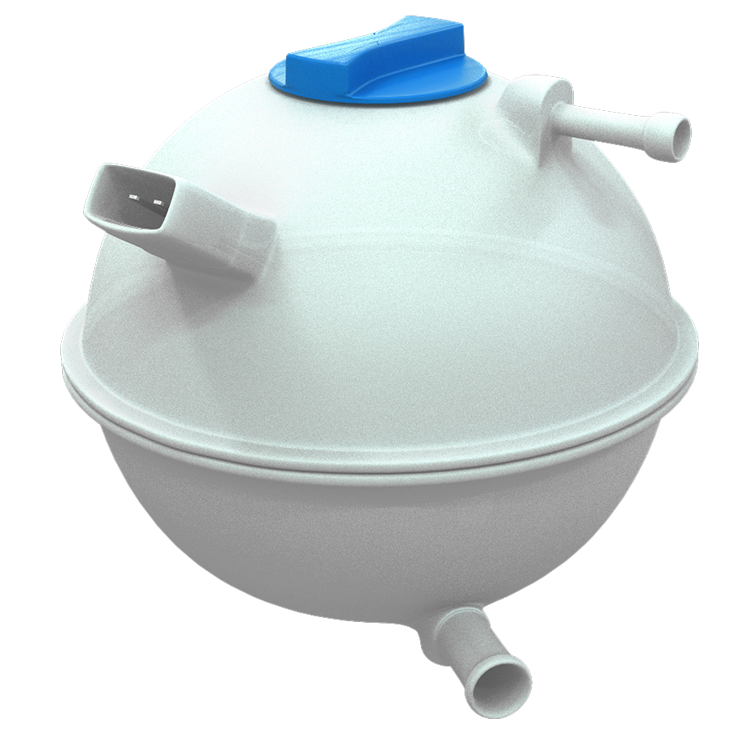
Expansion Tank
5 of 14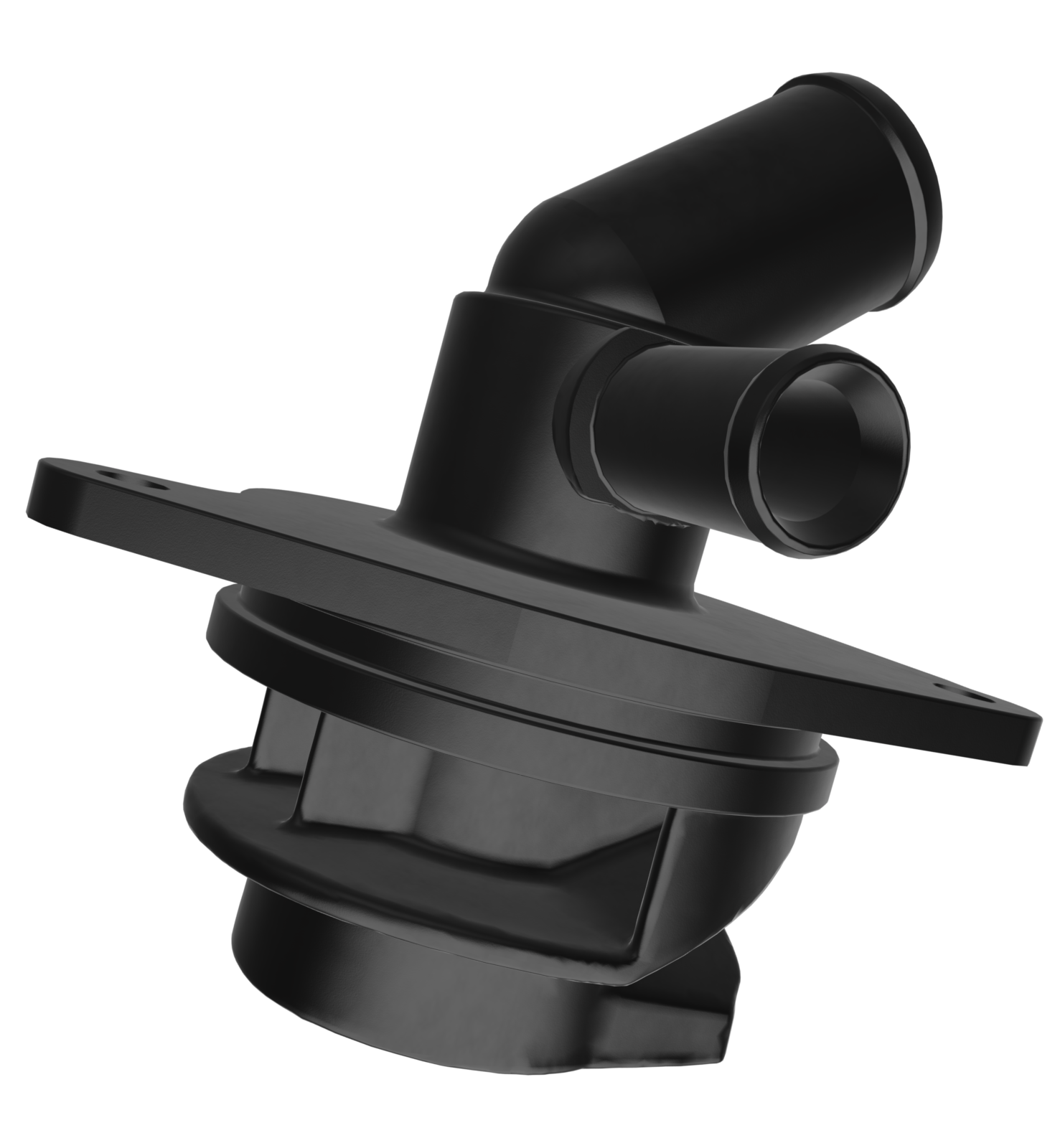
Water Flange
6 of 14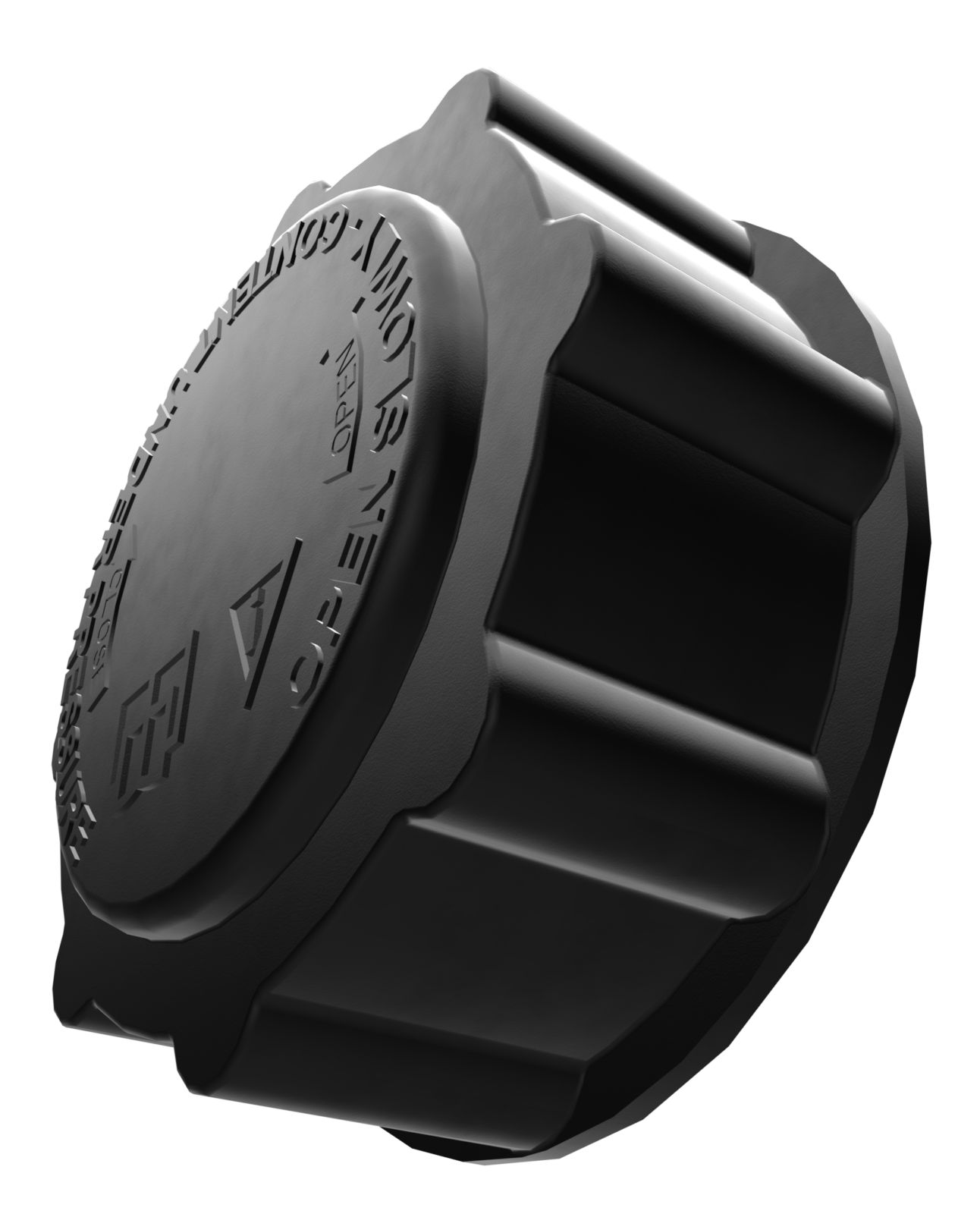
Radiator Cap & Expansion Tank Cap
7 of 14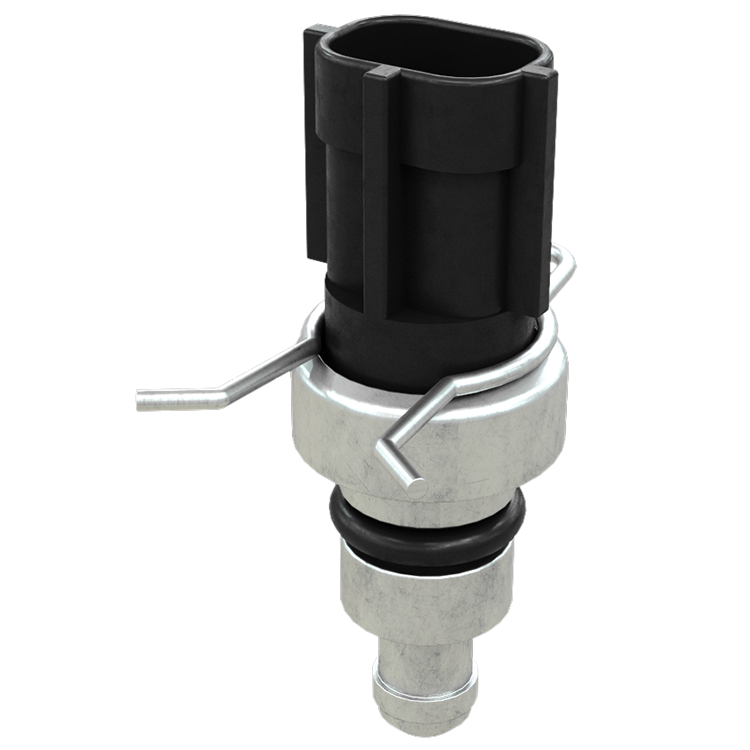
Water Temperature Switch
8 of 14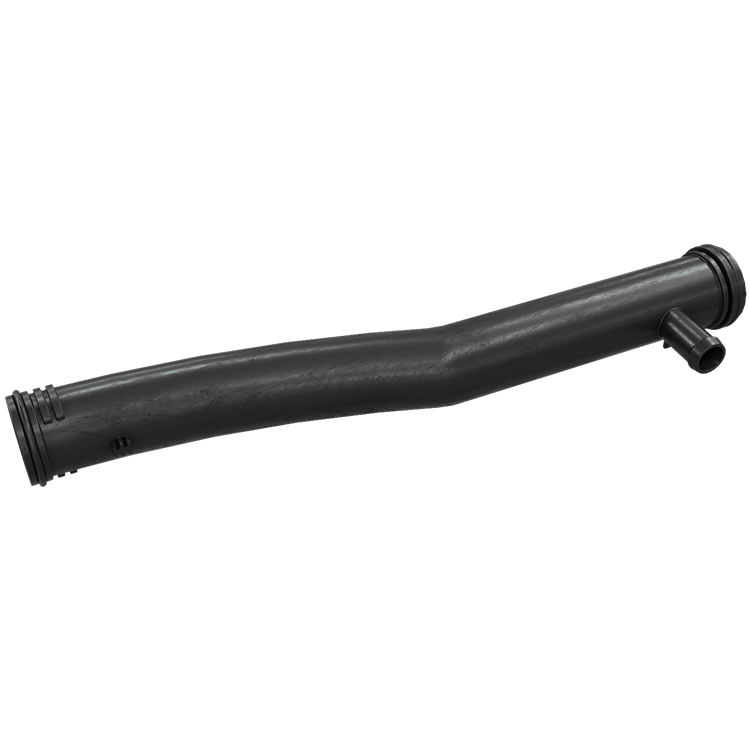
Cooling Pipe
9 of 14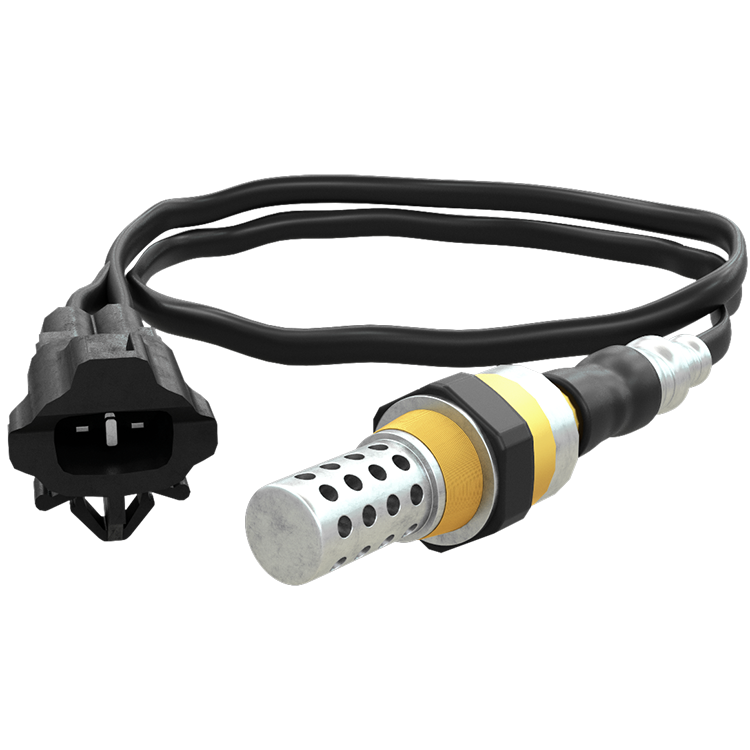
Lambda Sensor
10 of 14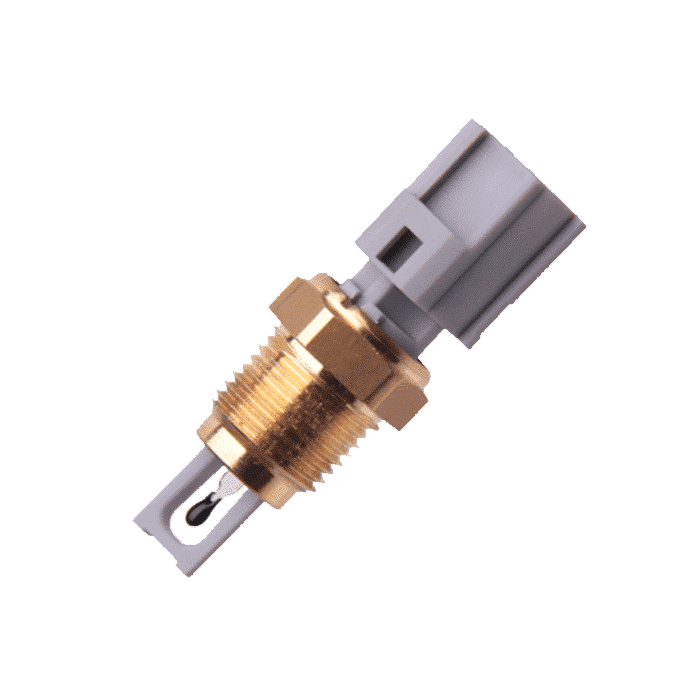
Air Temperature Sensor
11 of 14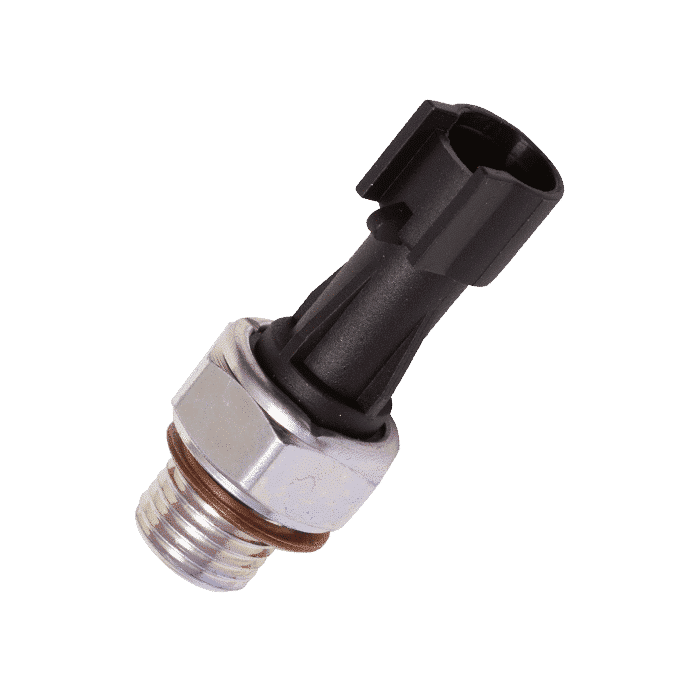
Oil Switch
12 of 14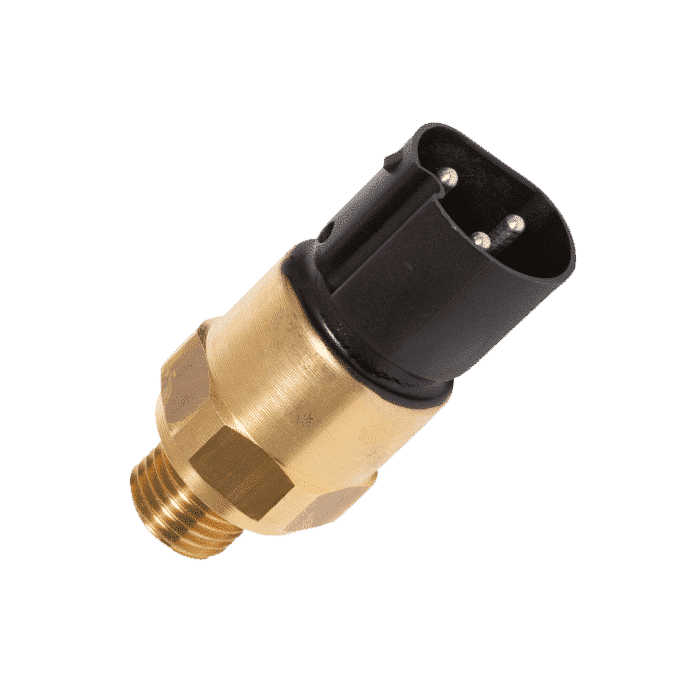
Thermoswitch
13 of 14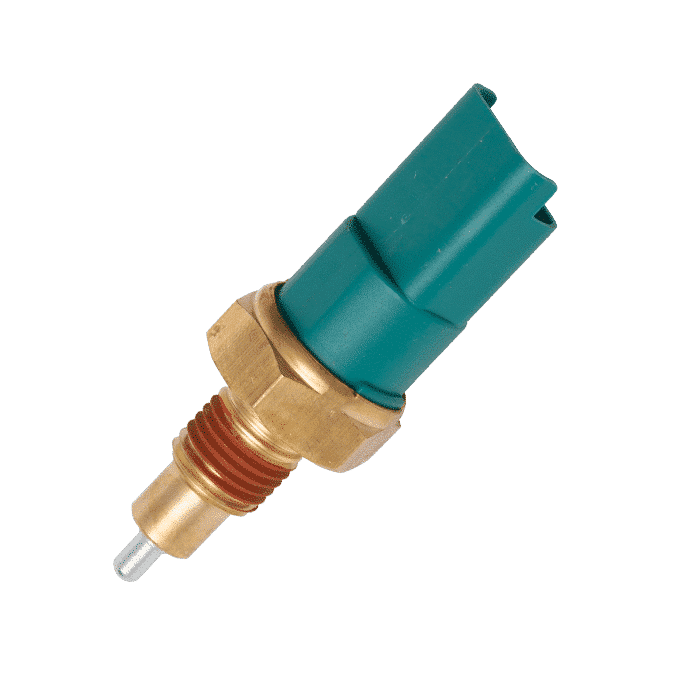
Reversing Light Switch
14 of 14